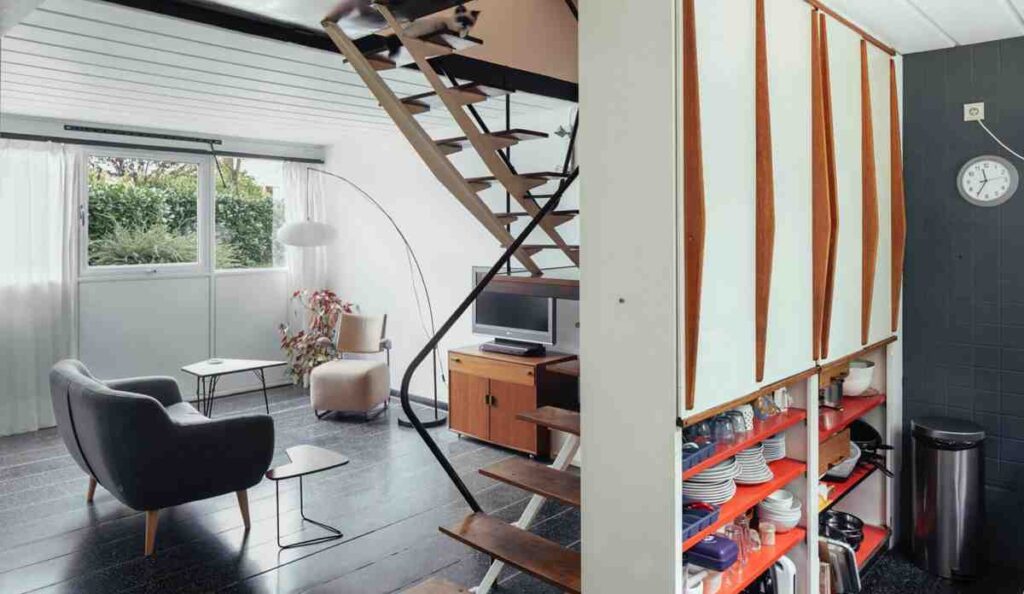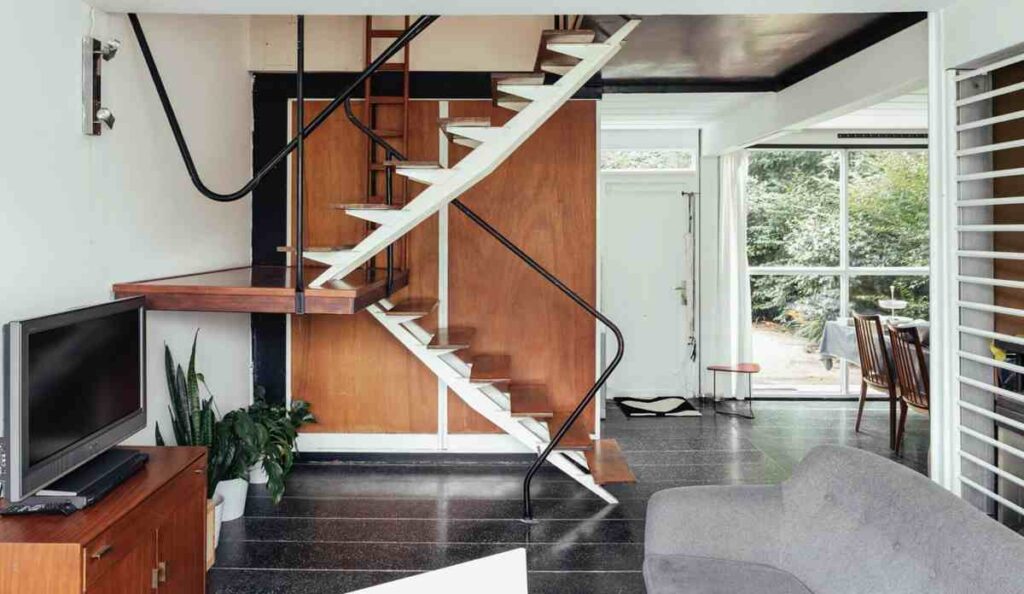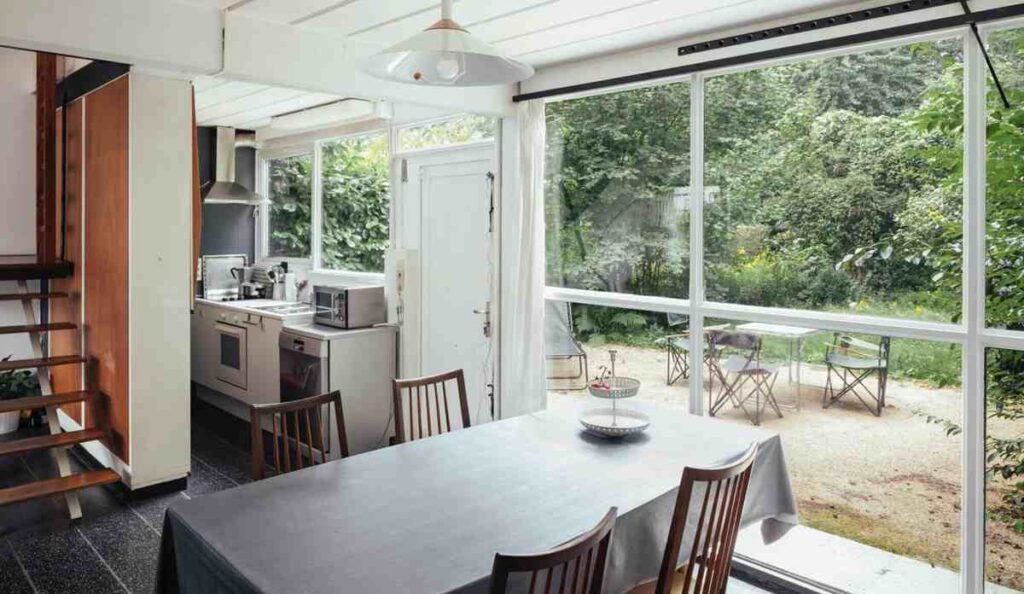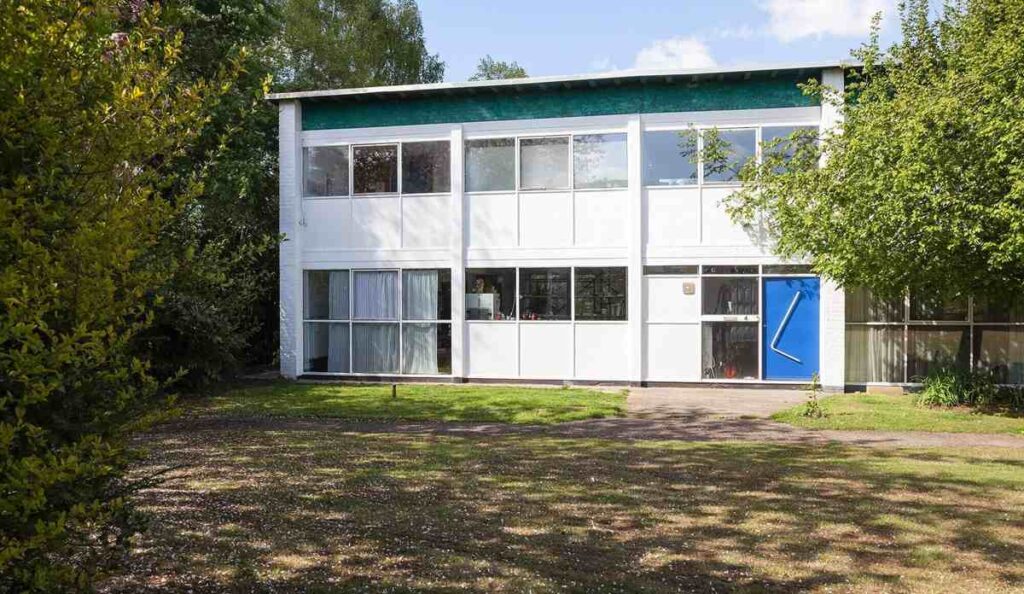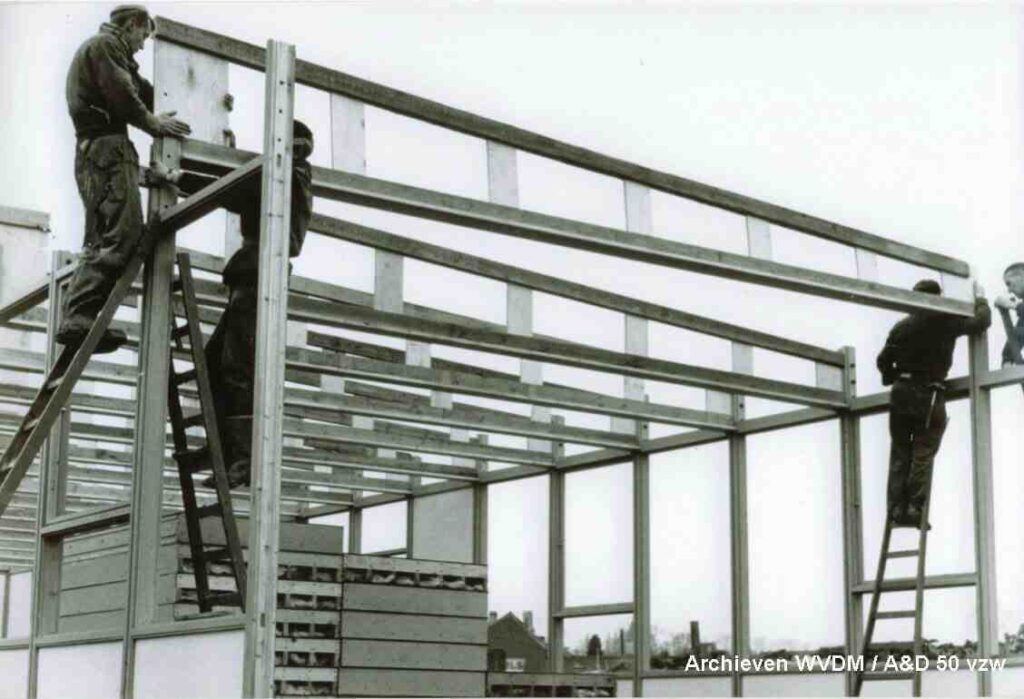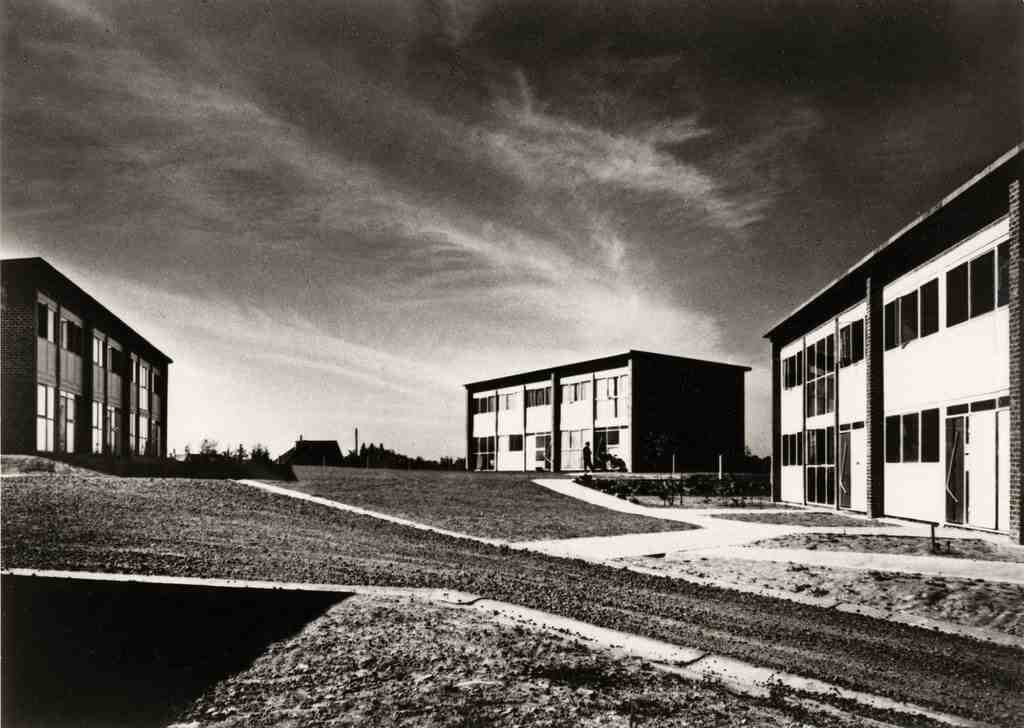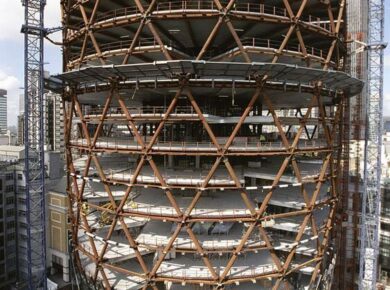Willy Van Der Meeren (born 7 august 1923) is considered one of the most inventive postwar architects and the last representative of a series of modernists who attributed an elevating social function to architecture. His great social conscience, his intense search for the development and application of prefabrication and his predilection for elementary materials made him a kindred spirit of Jean Prouvé (1901-1984). He was a functionalist in the purest sense of the word where form always grows out of function and never the other way around.

Image source: https://www.architectenwoning.be/projecten/egks-woning
However, Willy Van Der Meeren’s social housing is characterized not only by great constructive clarity and functionality but also by a particular attention to community life and the possibility of personalizing housing units. A particularly representative example of this is the EGKS house that he developed together with Leon Palm in 1954 for the ECSC and which represented a unique experiment in the industrialization of housing construction.
Image source: https://www.architectenwoning.be/projecten/egks-woning
The extensive prefabrication and the simple construction system reduced the cost price to 148,000 francs (3,670 euros), which was approximately half that of a traditional house. In addition, the construction time was less than three weeks. All prefabricated components arrived at the building site fully finished. Van Der Meeren: “A construction method that reduces the volume of manual labor by half immediately reduces the cost of construction by 40% without compromising the quality of the raw materials used.”
Image source: https://www.architectenwoning.be/projecten/egks-woning
The structure consisted of three parallel girders, two blind masonry side walls and a folded sheet steel portico on the center line, connected by floors. The steel porch was not only a structural component but also served as the infrastructural and organizational core of the house. All of the power lines, with electrical outlets, the heating ducts and half of the door frames were mounted within it. Of the 4500 orders, only eight were eventually realized in groups, most notably “the Four Winds Inner Court” in Tervuren.
Image: Archiven WCDM / A&D 50 vzw
Crushed by the classical forces that could not digest this alternative to the “brick in the stomach”, the CECA house proved too far ahead of its time. It remained a case study.
About the Author:

Bruno Dursin – Managing Director at Believe in Steel. Bruno has more than 30 years of experience in promoting steel & steel solutions. His clients benefit from his extensive network within the building industry.
